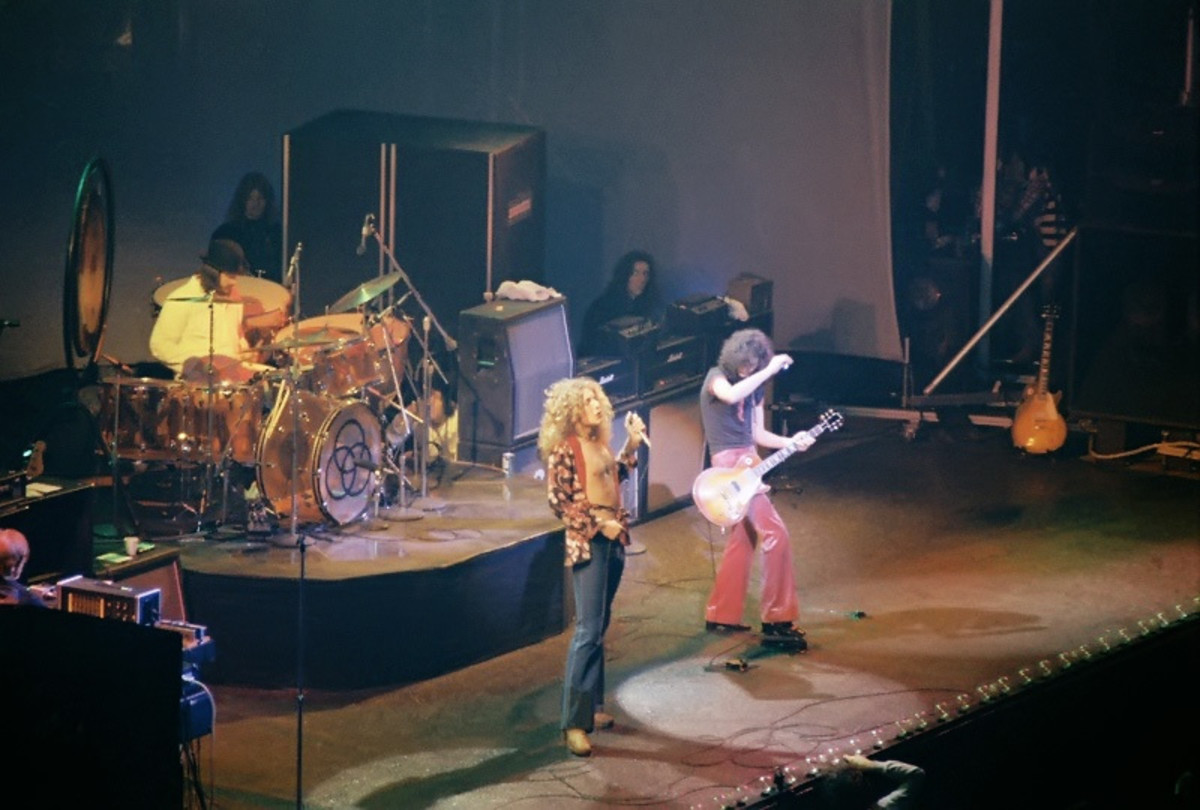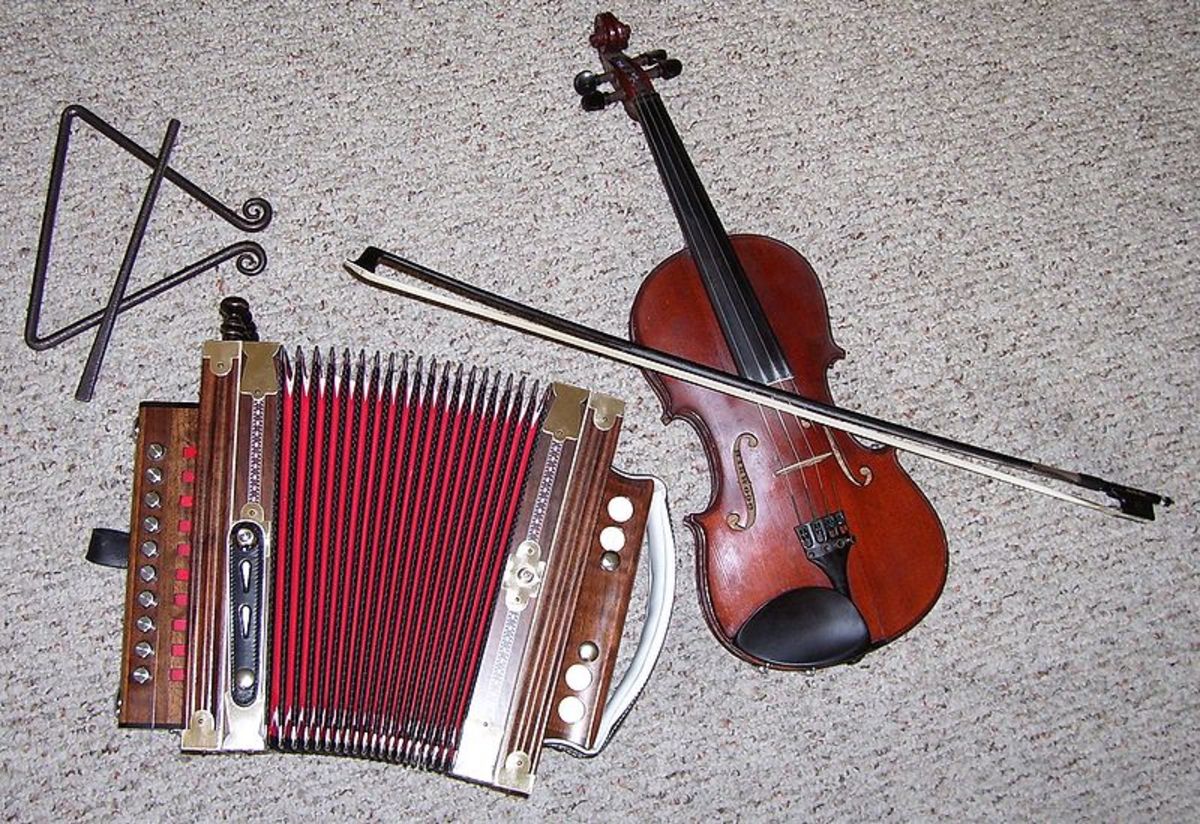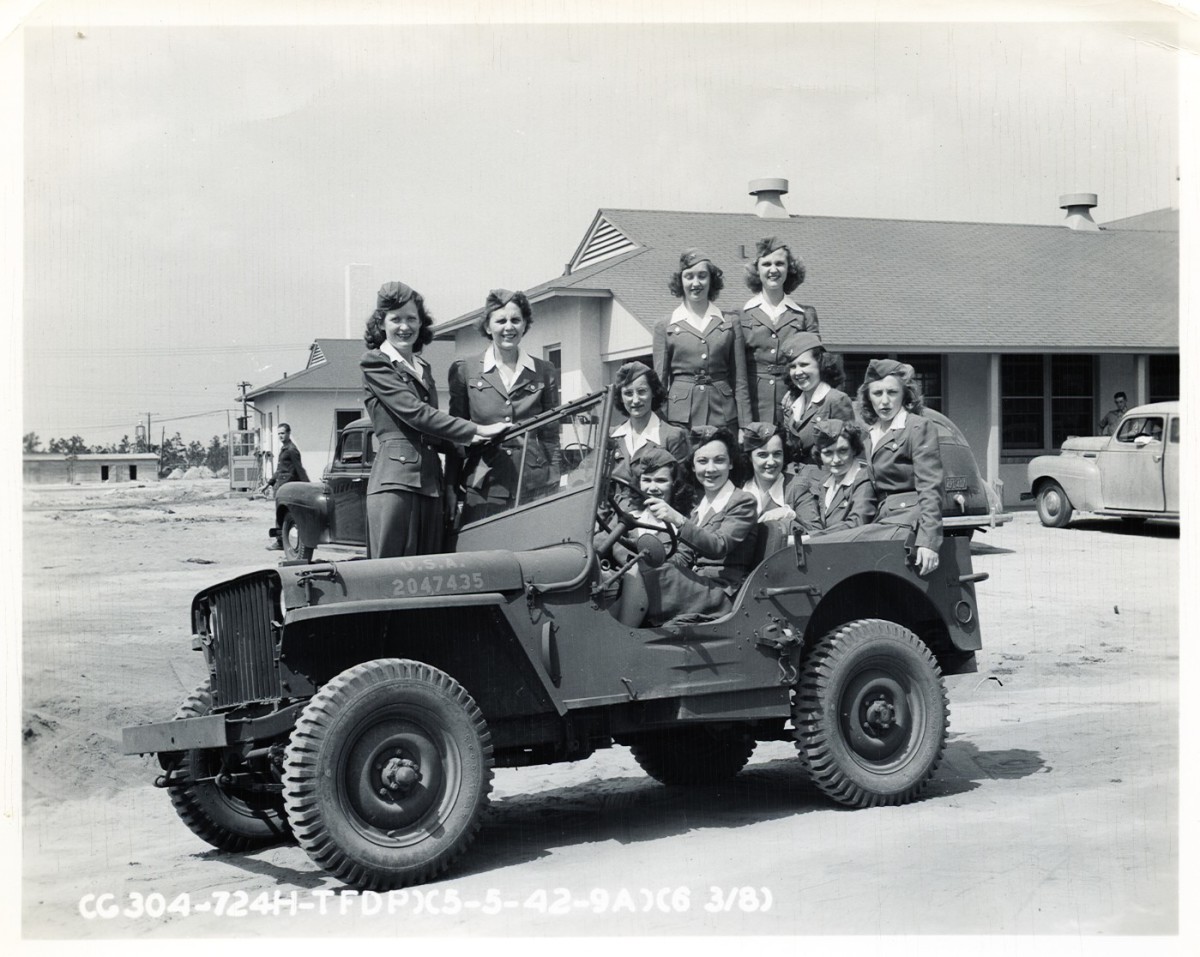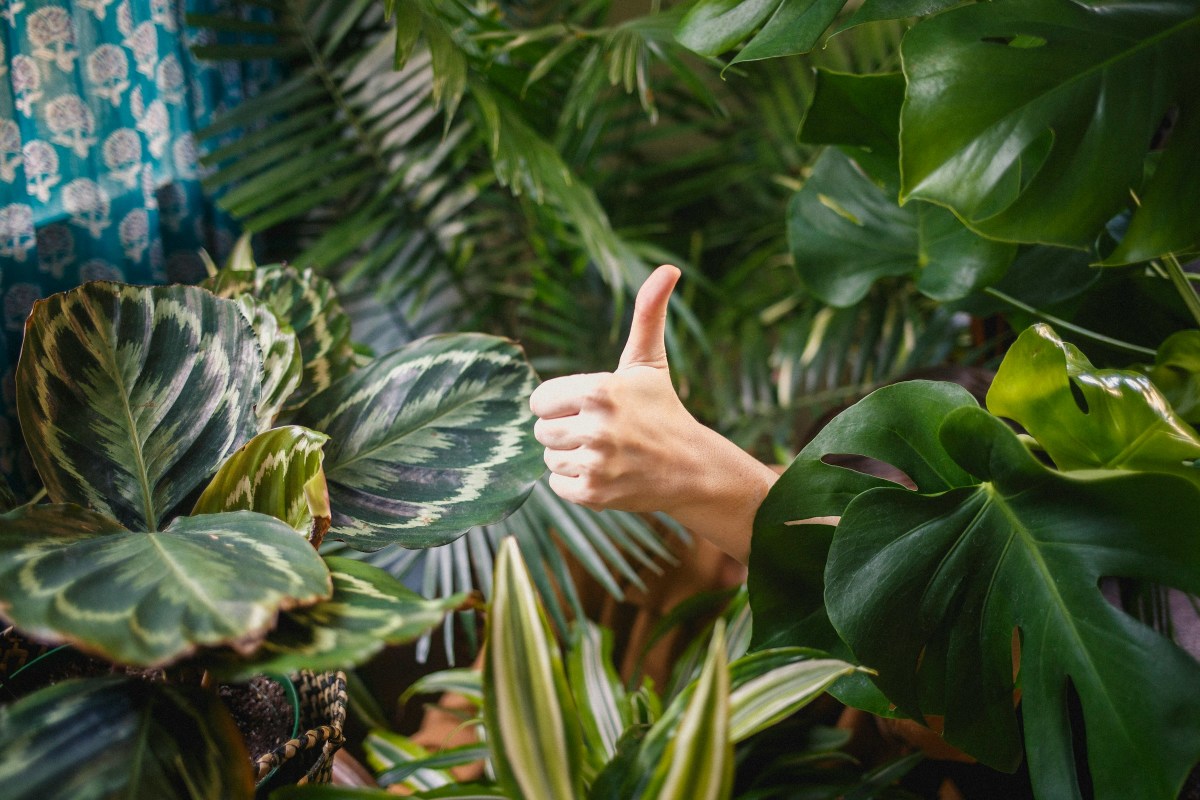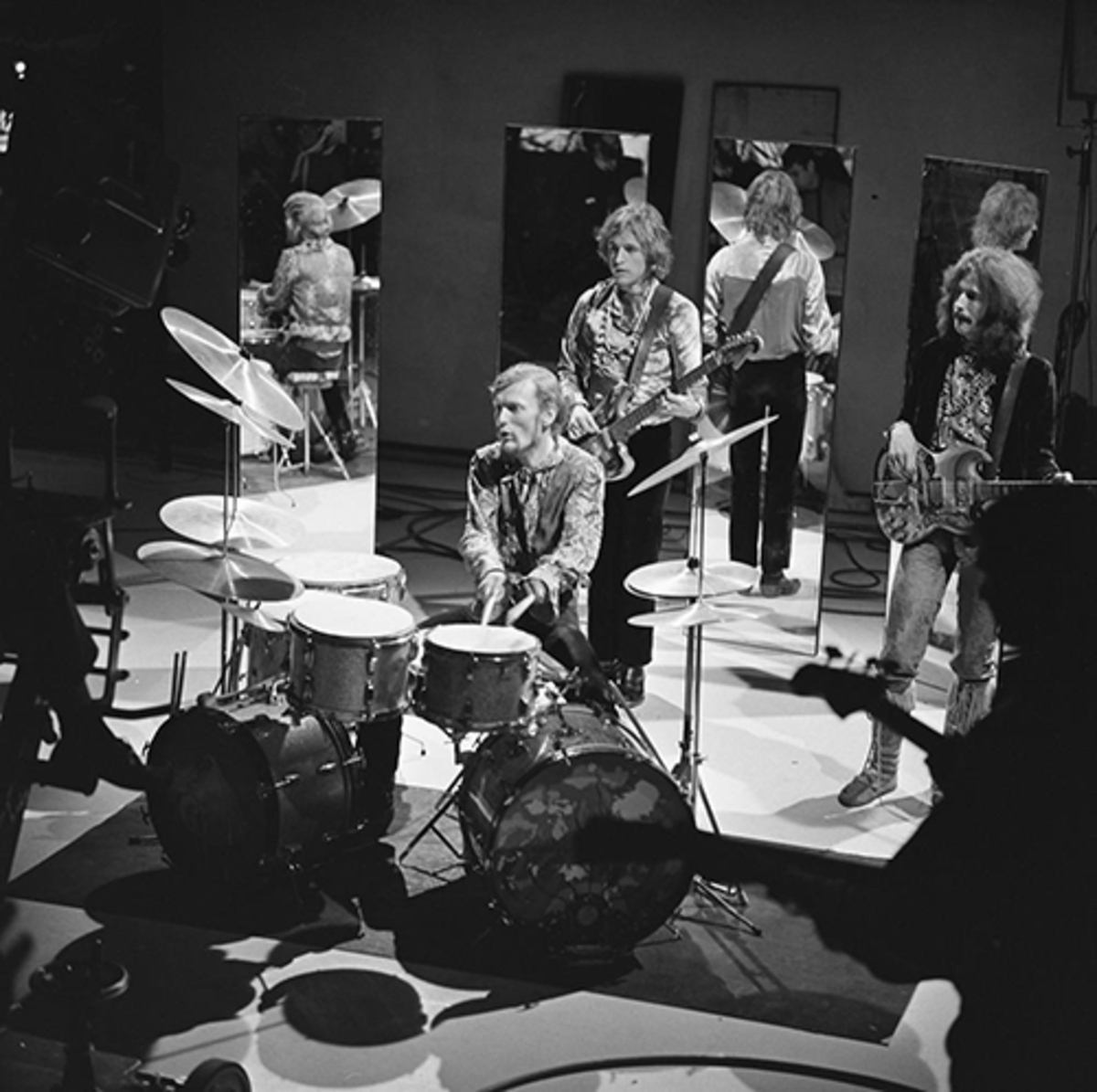We're all moved by music. But does art move you too?
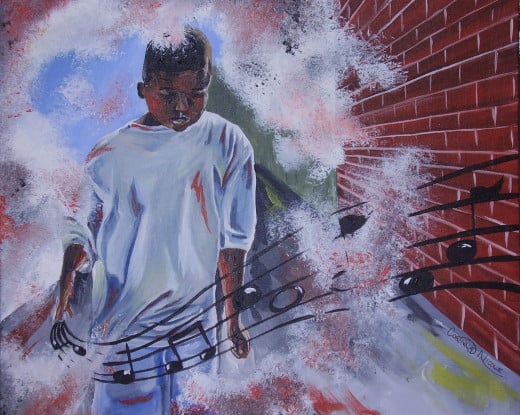
You never hear of anyone professing their love for someone by sending them an image of a painting that contains the goddess of love. But we've all sent our lovers a link of that one song that says everything we couldn't have said better.
We constantly make plans to see bands or singers perform, but too many people can say they have never stepped foot in an art museum, except for that one field trip in elementary school.
When an artist updates their twitter status, stating, "Been in the studio all day working. Just finished a new piece!," it's no surprise when a follower tweets back "What kind of music do you make?" The artist has to clarify - art studio.
On a beautiful sunny day at the park, we often come across a musician strumming on their guitar - many of us will stop for a few minutes to appreciate his song, and toss a dollar or two in his tip jar. But when there's a painter at the park, painting the scenery around them, most won't bother to stop and watch, much less give a tip.
There's no question here - while both are forms of art, music has a more prominent presence in our lives than fine art does. Many have also stated that they "just don't get art." I have some ideas as to why music seems to be more comforting and play a larger role in our lives, and some pointers on how to enjoy fine art more.

We hear before we see.
Before we're even born, our mothers sing and read to us while we're in the womb. Some mothers even strap headphones around their pregnant bellies and play Mozart tunes for their unborn child. Once we're born and laying in our cribs at night, we can barely make out the shapes of the mobile hanging over our heads - but we're rocked to sleep by the music that comes from those swaying shapes.
On the contrary, most people aren't introduced to fine art until many years later - usually because of a field trip to an art museum during elementary or middle school. We take history classes in middle and high school, but we don't take art history classes until we get to college and only if we are art majors. Unless your parents are art aficionados or artists, it's probable that art isn't instilled in you like music is.
So it's natural that we all find comfort in music. And art, quite frankly, makes many people uncomfortable, especially contemporary art. Long, long ago, art was generally literal. Portraits of the wealthy, scenes of the middle class and the poor, religious interpretations, landscapes and still lifes were the most common images found in art. Today, we see canvases painted in one solid color. We see random dates painted on a black background. We see random scribbles covering a museum wall. Art has become more abstract in thought and increasingly conceptual. The general public doesn't know what to make of this art, so they simply dismiss it.
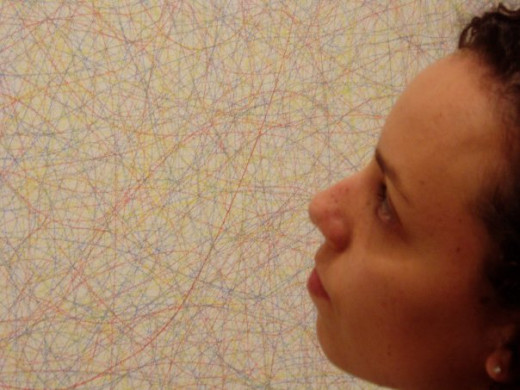
Art is harder to understand than music.
Humans are naturally oratory people. Stories are passed from generation to generation. We generally converse through spoken word. With approximately 13% of the United States population being deaf or hard of hearing, that means 87% of the population relies on speaking verbally to communicate.
People connect with the words in songs. They understand the words and the sentences those words form. They understand the emotion that's being portrayed because of the definition of the words. But even if we don't understand the words, the beat of the music moves us.
Art, on the other hand, even if it moves (a video projection for example), usually elicits a static response from the viewer. We stand still and look. Art requires us to rely on our visual interpretation to understand it. With the exception of artist statements that occasionally accompany a series of works or a brief title next to the art, it is almost entirely up to the viewer to decide what a specific work of art is about.
And while a song often is understood the same by the masses, if fifty people were asked to interpret the same painting, there would likely be fifty varying responses. To many, the fact that there is no one interpretation for a work of art, makes them question whether they are right or wrong.
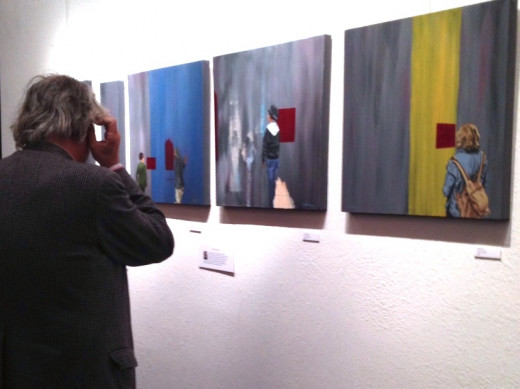
Art requires you to think.
I won't speak for all music with words, but generally, you don't have to think much to understand (or think with confidence that you understand)what the song is about. You can spend 1-3 minutes listening and can immediately relay what the song is about to one of your friends. Not much dialogue happens afterwards, other than "I love the song!" or "That song is stupid." More and more, songs lyrics are becoming a slew of repetitious words or phrases, making it easier to memorize an entire song after hearing it just two times.
Visual art asks more from the viewer. Art wants you to stand with it for a while. It wants to evoke your memories and bring your experiences to the table. Art wants to challenge you. It will ask you to acknowledge what certain colors mean to you or why the dark shadow coming from the corner takes you back to the fear you had of monsters in your closet when you were a little kid.
Art does not spell things out for you like a song does. Art requires you to think - to dig deeper within yourself. Most importantly, art asks you to have confidence in your interpretation, while also accepting the interpretation of the next viewer.
Sound versus silence.
For some reason, silence is awkward for many people. Isn't one of the most uncomfortable feelings when we get on an elevator with a bunch of strangers? Or when we're on a first date, and neither of us knows what to say - those ten seconds of silence feel like eternity! Even when there's a room full of people and suddenly everyone is quiet at the same time - everyone looks around to see who will start off a conversation as someone awkwardly clears their throat.
Silence makes us uncomfortable, and an easy solution is often for someone to say, "Hey, turn up that song!"
So it's no surprise that people feel uncomfortable visiting an art museum, where quiet is encouraged. I kid you not, while visiting a museum once, a small group of us were talking excitedly about a painting we happened upon, and twenty seconds later, a guard comes around the corner and asks us to quiet down! At the same time, it's understandable that silence accompanies art, as we should be able to listen to our thoughts and feelings.
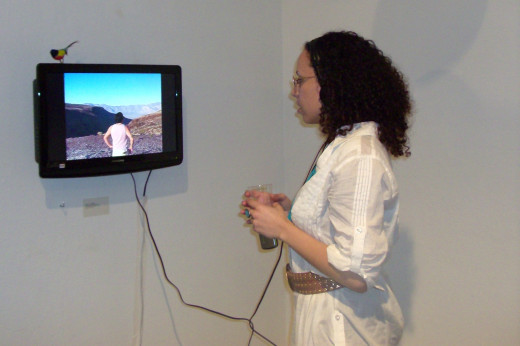
Some reasons to make art more present in your life.
• Your friends and love interests will be impressed. While art may not be popular among most, everyone believes that art is a form of high culture. It's rare to hear someone talking about a work of art they enjoyed, so to hear you talking about it, will have your friends bragging how educated and classy you are.
• We all agree that music can take us to an emotional place, but so can art. If you just take a moment to spend time with a work of art, you'll find that you are recalling things that you have seen in real life or experiences you have lived through. Once you allow yourself to be affected by art, you'll be impressed with yourself.
• Not all art is a painting, drawing or sculpture. While some of you reading might say you already knew this, there's a surprisingly large number of people who don't know what land art, installation art, conceptual art, video art, or performance art are...just to name a few. Trust me people - there's more to art than you might think.
• It's usually free!!! That's right folks - galleries are typically free. All you have to do is walk into one and take a look around. Art museums can be a little trickier. Some museums have their collection on view free to the public, but they will likely charge if you want to see a visiting exhibition. This means you are allowed to see everything the museum owns and has on display, but they may have a gallery or two blocked off and will only allow you entrance if you pay to see that specific exhibition. Other museums may choose to charge admission every day, but most of them will have a free day once a month! Simply visit the museums website before visiting and find out the details.
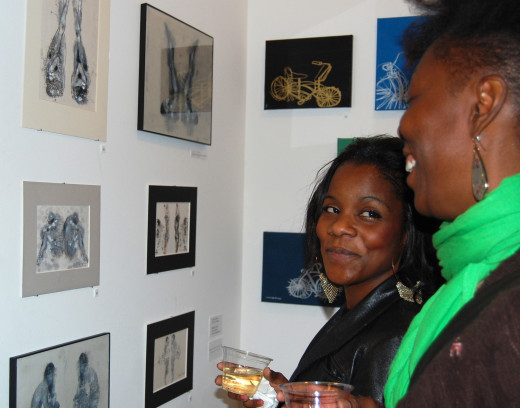
How to be more comfortable with art.
If you think of art as being stuffy, here are a few ways to make art more enjoyable for you:
1.) Go to art galleries during opening receptions. Opening receptions are usually held the first day of a new show - sometimes this date is pushed back a little to work with the gallery's or the artist's schedule. But whenever it is, it's usually equipped with wine and beer, crackers and cheese, sweets and treats, AND, guess what? Music! It's also when most people will go to the gallery, so you're guaranteed to be surrounded by lots of talking and laughter. And art people are almost always quirky and "weird" (in a good way), so there is absolutely no chance of boredom for you!
2.) Drink wine. Now, I'm not saying to see art while intoxicated, but drinking some wine while checking art out will certainly relax you and make you feel more free to express your opinions and ideas about the art you see. You'll worry less about "saying the right thing" and feel more confident about your interpretations.
3.) Go to art walks or go gallery hopping. When events like these are organized in your city, you should definitely take the opportunity to go. They bring out lots of people of different ages, races and backgrounds. There will be the art collectors and those who simply go to be around people. Usually, there will also be live bands and other performances happening, along with food trucks or food tents. You'll find vendors selling jewelry, coasters and so much more. And often, these events are free.
4.) Go to a museum with someone else that "doesn't really get art" or is uncomfortable with it. This way, neither of you will be intimidated by the other's interpretations and you can both find comfort in not knowing what a particular work of art is about. You won't feel pressured to find the right words, or to use art terms to describe what you see; instead you'll just be hanging out with a friend.
5.) Find out when artists give talks about their art. The best way to understand art, is to hear about it from the artists themselves. Museums (and galleries) often arrange for artists to give a talk about their work. Browse the museum's schedule of upcoming events and go on the day that the artist will be there. There is always a question and answer portion after the artist finishes speaking, so this is a great time to inquire about anything you'd like clarification on.
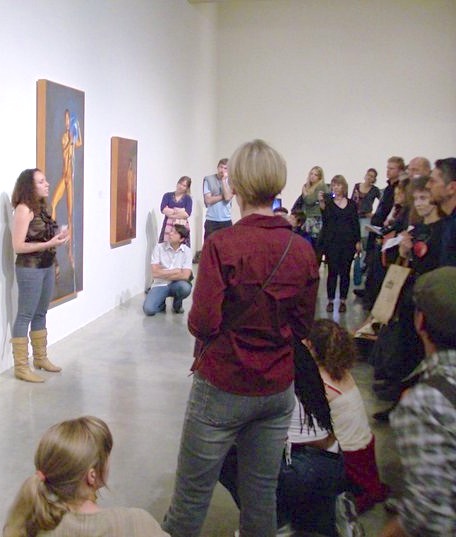
"...you have to educate yourself as a viewer by seeing more and more. The more you see, the more you understand." - Jennifer Bartlett, artist

